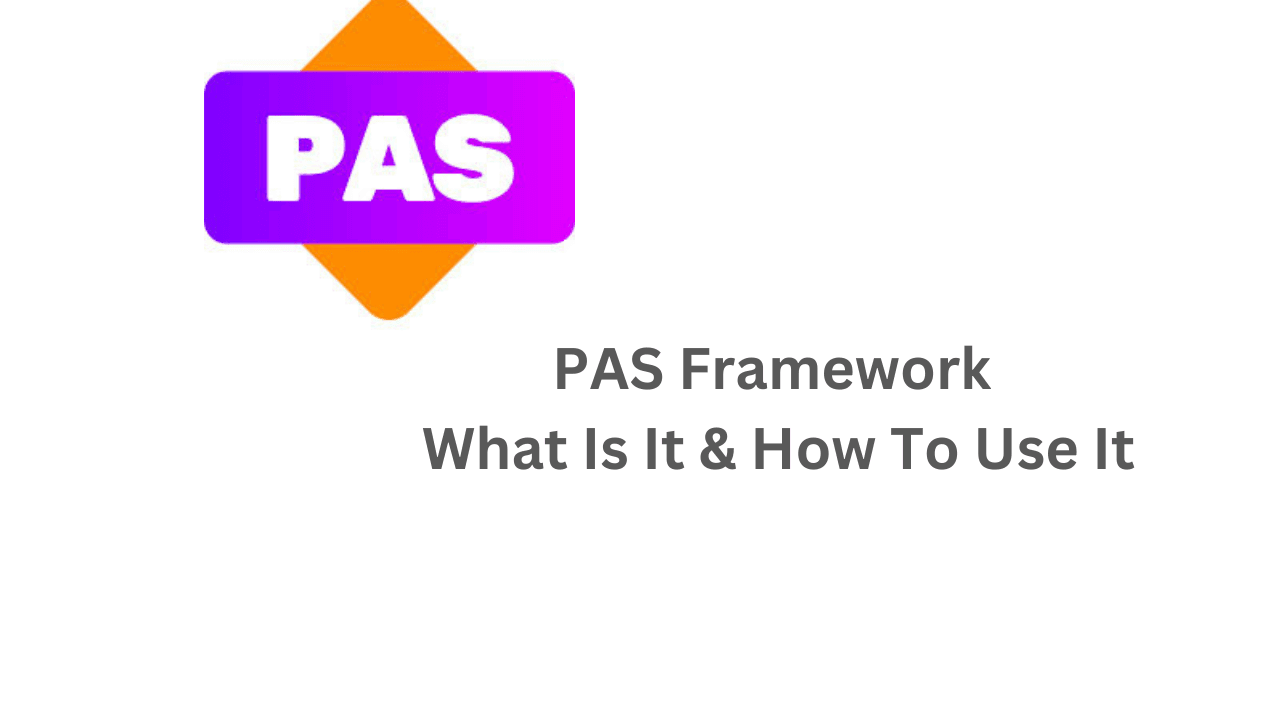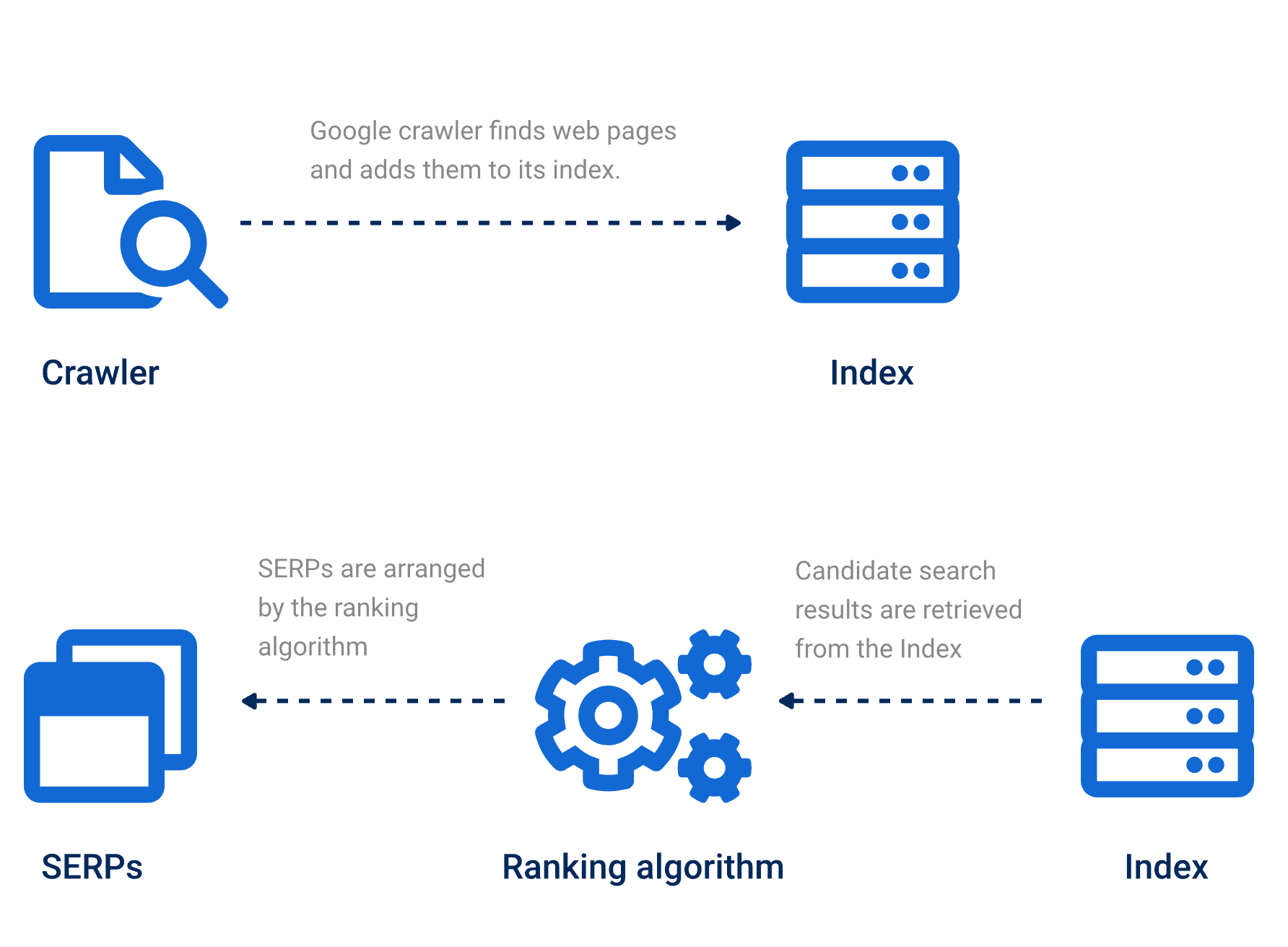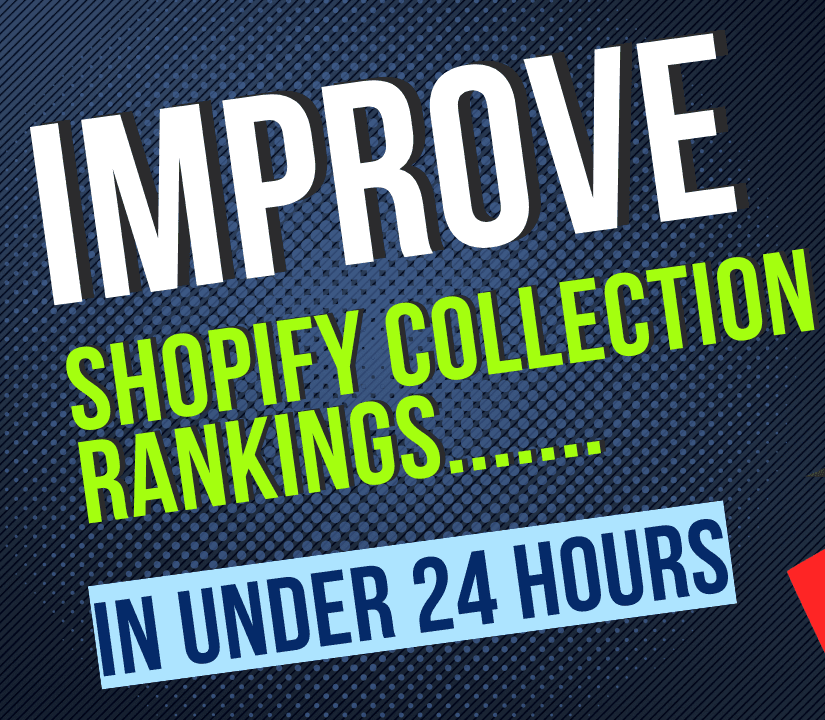What Is PAS Framework & How To Use It With Ecommerce Product Descriptions

The PAS Framework is a copywriting technology that stands for:
Problem, Agitation, Solution
The PAS copywriting framework is a simple way to structure your copy so that it’s clear, concise, and persuasive. PAS stands for Problem, Agitation, Solution. In short, you start by identifying your reader’s problem, agitate it so they understand the full extent of the issue, and then offer a solution. – Source: Omniscient – PAS Framework
We have created a prompt in the public repository to use with you Shopify products: Shopify Product Descriptions Advanced AI Prompt Using PAS Framework
Below is a very helpful video on the PAS Framework:
Who Created The PAS Framework
The framework was create by Dr. Robert Bly, the author of The Copywriters Handbook. It was adopted by well known market Gary Halbert, where he leveraged the concept into his email marketing campaigns. Through Gary Halberts teachings, many marketing experts have now adopted the process into their everyday marketing.
Below we walk through the 3 stages.
1. Problem
This can also be aligned with the customers “pain” points. ie what is the problem you are facing and how you as a marketer can address this problem in the text and copy.
Let’s take the example of the ecommerce products, a pair of insoles. Insoles generally solve the problem of uncomfortable shoes. They fill the space between your feet and inside of the shoe. There are many variations of insoles, but they generally make shoes more comfotable to wear.
In this example, the “problem” in the PAS framework, is “uncomfortable shoes”. This could also extend to pain or other problems over time.
So if you’re promoting this products, the problem you are hoping to solve is some ones shoes being uncomfortable.
How To Find This Information
Likely as you’re selling this product, you’ll already know the problem it solves, however you should also validate this with some research. Ways to do this include surveying your customers, using keyword research tools such as Ahrefs, Semrush, or Google Keyword Planner.
2. Agitation
The agitation phase is where as the copywriter, you provide further information to ensure your reader fully understands the problem.
For example, using our example, we could let the reader know that if the keep wearing uncomfortable shoes without insoles, it could lead to further problems including pain, blisters, and in serious cases, arthritis in joints over time to incorrect gait.
Therefore you’re trying to convey what it’s costing them if they don’t purchase the product or take action.
3. Solution
This is the stage where you offer the reader the solution to their problem.
In our example, clearly we are trying to suggest that if they purchase our insoles, their discomfort, and the other associated problems will be solved.
This is the antidote, or painkiller to the problem.
Final Points
What is so amazing (in my mind), about the PAS Framework, is the simplicity in which you can not only conceptualize, but implement the concept in your ecommerce product copywriting.
Once you start using it, it become second nature in the way your approach product content.
It’s proven, has a pedigree, and is used by many top marketers around world.
Ready to Boost Your Shopify Store?
Increase revenue with video upsells and dominate search rankings with AI-powered SEO.
Related Articles

Shopify Google Indexing: Concepts & Strategies
To improve Google indexing for a Shopify store, optimize each product page with unique titles, descriptions, and alt tags. Regularly update content, submit the Shopify sitemap to Google Search Console, and ensure fast page loading. Adding relevant backlinks and improving mobile usability also boosts indexing speed. What is Google Indexing for Shopify Google indexing is […]

Our Exact Process Of Improving Rankings, Traffic & Revenue From Shopify Collection & Sub-Collection Pages in Under 24 Hours
One of the core (and first) features of the Optizen Shopify app, was the feature to simply add content below the product grid in Shopify collection pages. We then also integrated the same feature into Shopify tag pages to create editable and SEO optimized sub-collection pages. But….it’s more than just adding any old content. We […]

A Simple Method To Build Ecommerce(Shopify & Woocommerce) Site Structure & Topical Maps
The following video walk through how we build ecommerce site structures and topical maps with a very simple approach. Building a topical map can get quite complicated. The following is how we do it in most cases, that works to improve useability and organic exposure. View The Video View the video below.